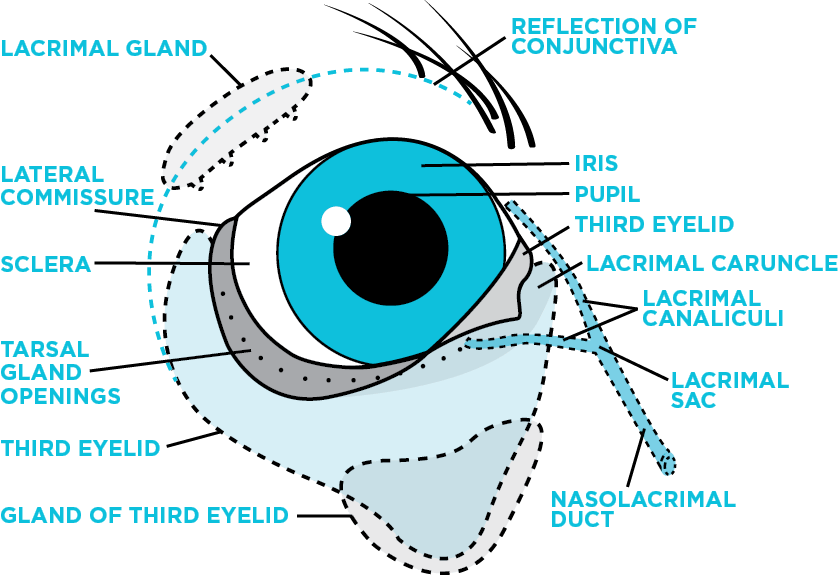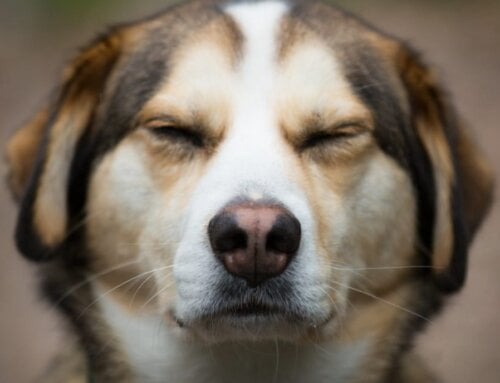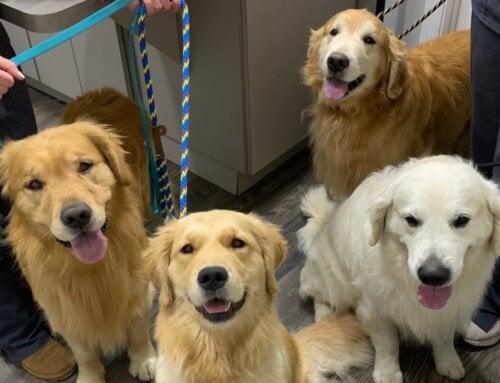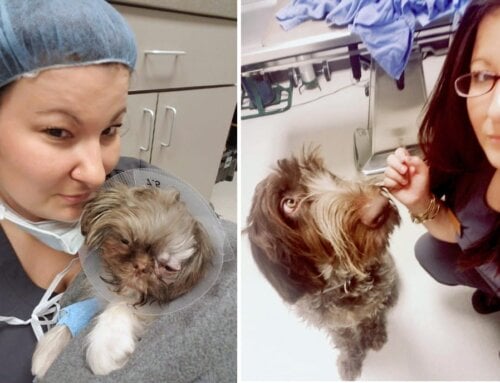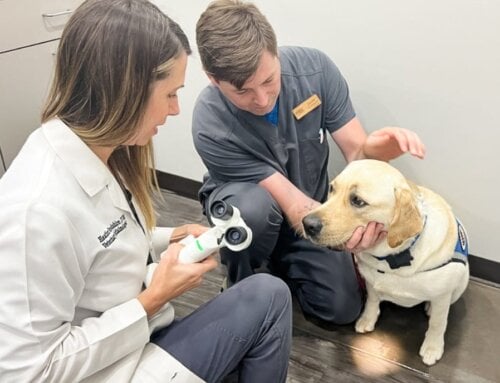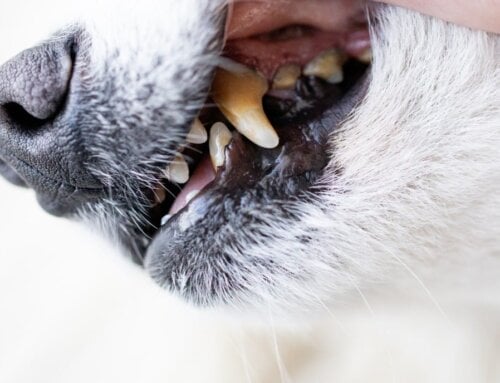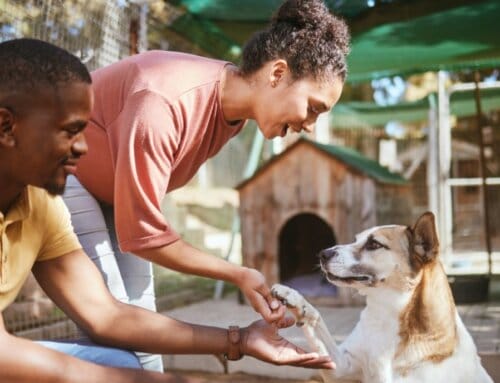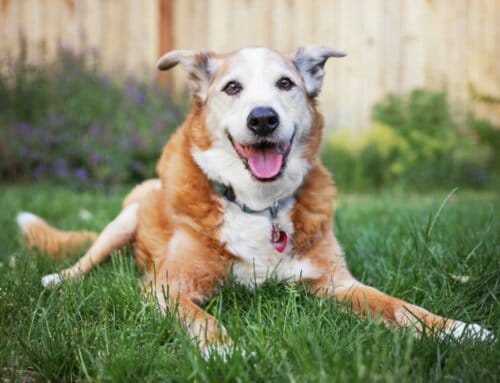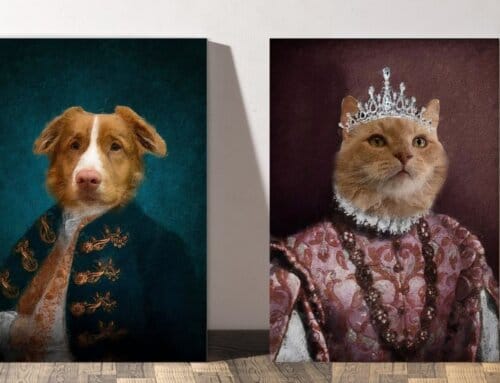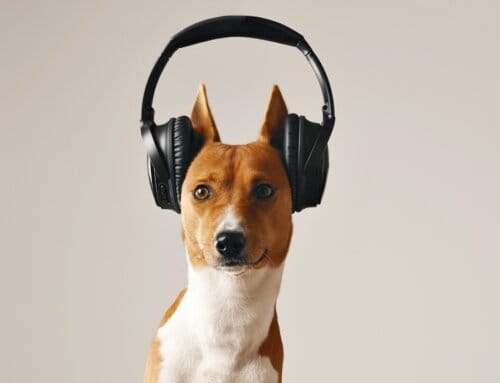At Animal Vision Center of Virginia, we often assume pet parents know about their pet’s ‘third eyelid.” However, some owners may not be familiar with this anomaly. If you are among the curious, here’s a quick tutorial!
Dogs, cats, birds, and some reptiles and mammals have three eyelids that help protect and lubricate their eyes:
- Upper eyelid: Like humans, this eyelid helps close the eye.
- Lower eyelid: This eyelid protects the eye and keeps it moist, like the upper one.
- Nictitating membrane: Often called the “third eyelid,” this thin, translucent membrane sits inside the lower eyelid in dogs and cats. It plays a crucial role in tear production, responsible for 40-60% of the tears.
This trio of eyelids is essential for keeping a pet’s eyes healthy, especially in environments where dirt and debris are common. You might notice your pet’s third eyelid when they are relaxed, but any dramatic changes warrant further investigation. These can indicate injury or illness, such as a prolapsed nictitans gland, commonly known as “cherry eye.”
Understanding “cherry eye”; symptoms and treatment
“Cherry eye” happens when the nictitating gland shifts out of position, protruding as a red or pink mass behind the third eyelid. While it may retract temporarily, it often remains exposed.
If the third eyelid gland has prolapsed, surgical intervention is necessary to reposition it promptly. Timely replacement is crucial for maintaining normal tear production. An exposed gland can become inflamed, dry, infected, and uncomfortable for your pet.
Before surgery, we may recommend topical treatments to reduce inflammation or infection. Surgical options typically include “pocketing” or “anchoring” techniques, and we will choose the method that ensures the best outcome.
It is important to note that removing a prolapsed gland can lead to long-term issues. Tears from this gland are crucial for eye health, and its absence can lead to Keratoconjunctivitis Sicca (dry eye), which may develop quickly or years later. Untreated dry eye can lead to ulcers, infections, and even vision loss.


When to seek help
If you notice your pet’s third eyelids behaving differently than usual, it is essential to seek veterinary assistance. Monitor for other signs of eye problems, including vision changes, eye rubbing, squinting, redness, discharge, or cloudiness.
And here is a fun fact: Humans also have a remnant of a third eyelid! However, it no longer functions as in animals, so it no longer protects the eye or aids in tear production.
For more information on animal eye conditions or to schedule an appointment, please visit www.animalvisioncenterva.com. To stay updated on animal eye care, check out our In Focus blog here: animalvisioncenterva.com/in-focus.
We love animals! Located in Coastal Virginia, the Animal Vision Center of Virginia is dedicated to helping animals live better lives through improved vision. Led by Dr. Heather Brookshire, a board-certified veterinary ophthalmologist, our team is dedicated to improving pets’ ocular health. We believe every animal deserves a happy, healthy life through better vision. Whether you are a referring veterinarian or a concerned pet owner, we are here to help, with locations in Virginia Beach and Chesapeake. Visit: www.animalvisioncenterva.com or call 757-749-4838.

